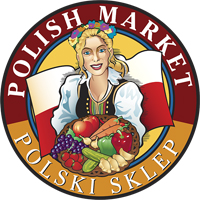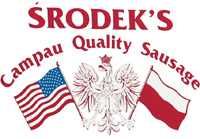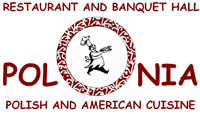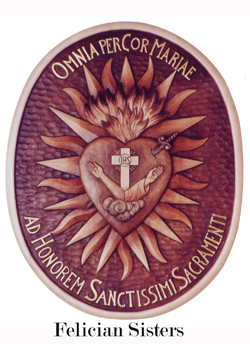|
Pierogi Making at the American Polish Cultural Center
Pierogi is the plural form of the Polish pieróg. The word itself comes from the Old Slavic "pir" (festivity), but some speculation has these stuffed, semi-circular dumplings of unleavened dough as originating in China and the recipe introduced into Polant via the Tatars.
The traditional Polish method of cooking is to boil them first, then fry them in butter.
They are typically served with plenty of sour cream, and the savoury ones can be topped with fried bacon or onions. The most popular of the Polish variety are savory pierogi ruskie, stuffed with farmer's (aka dry cottage) cheese, mashed potatoes and onion.
Today, we had the pleasure of observing the volunteers of the American Polish Cultural Center in Troy, Mi, making pierogies for the Wawel Restaurant. Every Monday, these fifteen to twenty volunteers get together to spend a few hours hand-assembling all the numerous different kinds of pierogies the restaurant serves, including cheese, potato, sauerkraut. All together they make 500 dozen pierogies every Monday, so clearly, these volunteers embrace the Polish tradition of hard work! Some of them have been making pierogies at the American Polish Cultural Center for 20 years! The Pierogi making get-together is not just a work session for these volunteers, however; it is also a well-enjoyed social occasion. They enjoy sitting around a large work table and talk about life while their hands are busy folding the fillings into the dough.
|







